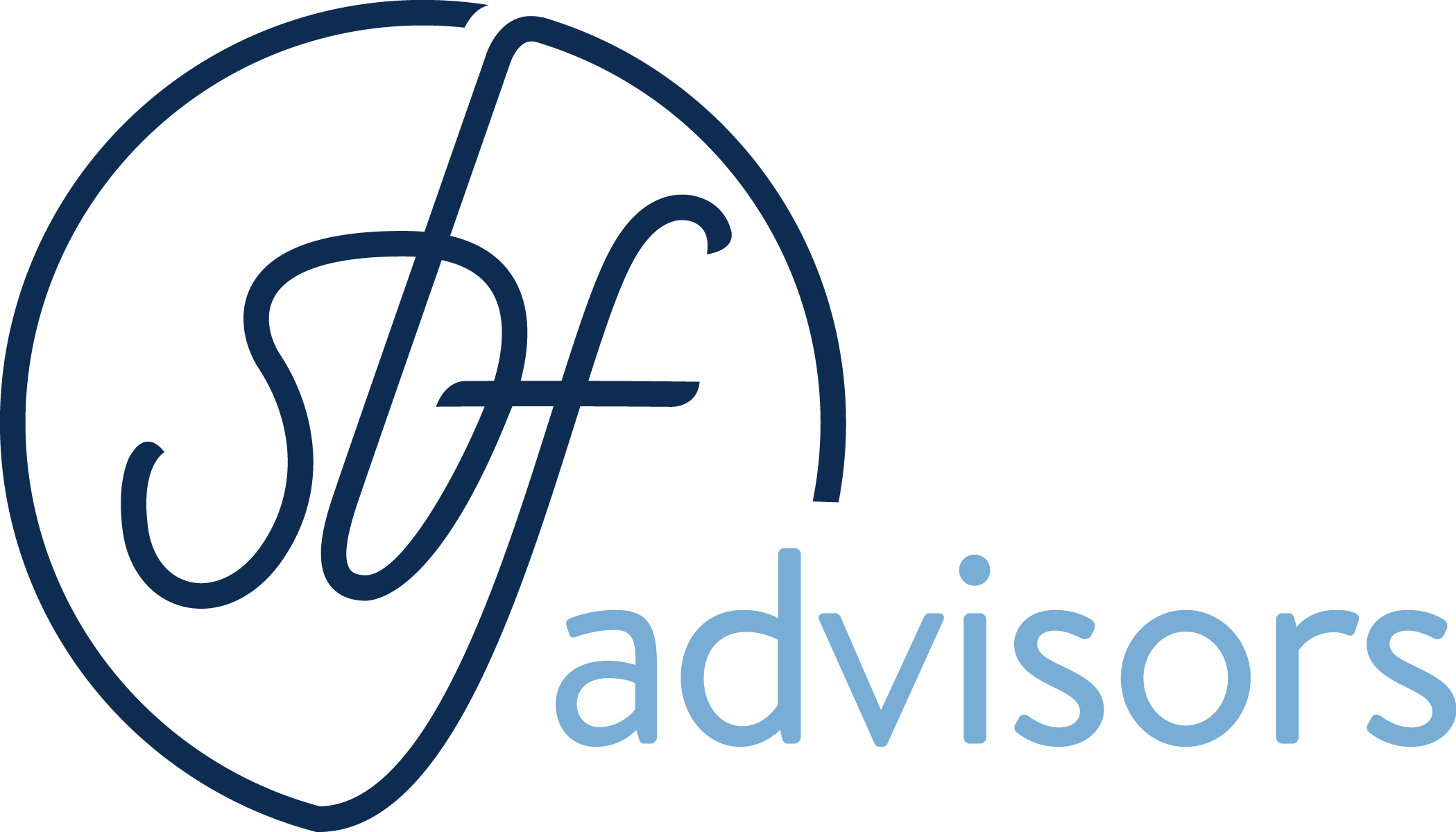Paycheck Protection Program
What every small business needs to know and how to start preparing
The Paycheck Protection Program (PPP) is likely the most important piece of the recently passed CARES Act. It provides for the SBA to make “loans” to eligible small businesses, generally those businesses with less than 500 employees (with some exceptions). These loans are also available to non-profit organizations, sole proprietors, and other self-employed individuals. For this post, we will focus on small businesses with fewer than 500 employees.
These “loans” are for businesses struggling due to the effects of COVID-19. The proceeds of the loan can be used to pay for any of the following:
- wages
- commissions
- health care related benefits
- retirement contributions
- rent
- utilities
- fixed debt interest
At this point, we are sure the studious reader has noted that we chose to show the “loans” in quotation marks. Our reasoning is that calling these advances of money to small business “loans” is not entirely accurate as the unique part of this program is that these “loans” can be forgiven (entirely or in part) by the SBA depending on what you use the money for. In addition, the forgiveness of these loans is not taxable income to the recipient—in other words, this is a non-taxable grant.
How much money are we talking about? What do I have to do to make sure the loan is forgiven? When will I get the funds? These are all great questions that will become clearer in the coming weeks, but let’s discuss what we already know.
How much?
The amount of the loan is based on the average monthly payroll of each small business for the year before of the loan multiplied by a factor of 2.5. At this point, it is unclear if the intention is for the calculation to include average monthly payroll for the fiscal or calendar year before the loan is made, or the trailing twelve months before the loan is made. Average monthly payroll includes wages, commissions, tips, severance, bonuses, sick and paid leave (but not sick and paid leave covered by FRCCA), any state withholding taxes (including payroll taxes), healthcare benefits, and retirement contributions. Average monthly payroll does not include any compensation over $100,000 annually, payroll taxes, and compensation paid to an employee that resides outside the US. The maximum amount of the loan is $10 million. SBF is able to assist our clients in calculating how much money they are eligible for under the PPP program.
How do I get the loan forgiven?
The proceeds of the loan must be used for the following expenditures:
- Payroll costs (as defined above)
- Interest on fixed debt (mortgages or equipment loans)
- Rent
- Utility payments
Not only does the business need to use these loan proceeds only for the intended purposes above, but the business has to maintain their average number of full time equivalents as compared to one of three reference periods and may not reduce employee compensation by more than 25% to be eligible for the full loan forgiveness.
The mechanics of requesting loan forgiveness is that the small business must submit an application to the lender requesting the forgiveness and documenting that the proceeds received were used for an approved purpose. That documentation will likely include payroll records, cancelled checks or receipts for rent and utilities and receipts/account summaries of fixed debt interest payments.
How do I apply and when do I get the money?
SBA is currently working with banks to set up the loan application process. It is anticipated that these loans will be available shortly (hopefully within a week). Please reach out to your banking relationship to confirm they will offer the loan and inquire about the process. SBF will be very closely monitoring this and will send out an update as soon as the program is finalized. We are here to assist if needed.
What can I be doing now?
There are some steps you can be taking to prepare for the application. SBF is working on a calculator and reconciliation tool to assist in substantiating the average monthly payroll that the loan amount will be based on. Reach out to anyone on your SBF client team to see what documentation is necessary to begin compiling now so that once the application opens up you are ready.
Other items to note:
- The loan requires eligible borrowers to make a good faith certification that the loan is necessary due to the uncertainty of current economic conditions caused by COVID-19.
- Can a small business receive a PPP loan and an Economic Disaster loan from SBA? Borrowers may apply for PPP loans and other SBA financial assistance, including Economic Injury Disaster Loans (EIDLs), 7(a) loans, 504 loans, and microloans, and also receive investment capital from Small Business Investment Corporations (SBICs). However, you cannot use your PPP loan for the same purpose as your other SBA loan(s). For example, if you use your PPP to cover payroll for the 8-week covered period, you cannot use a different SBA loan product for payroll for those same costs in that period, although you could use it for payroll not during that period or for different workers.

